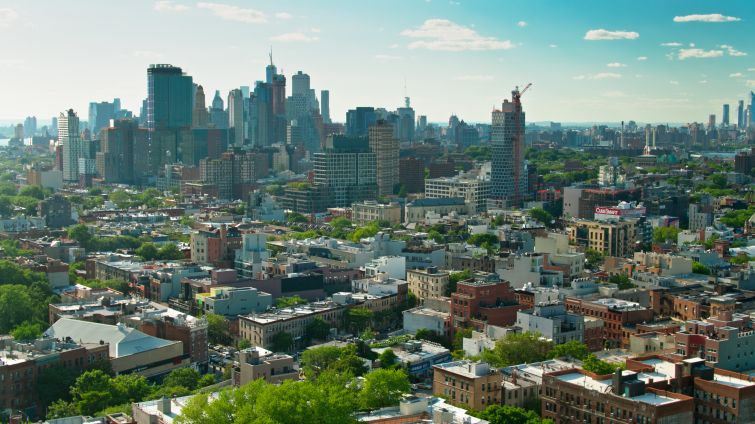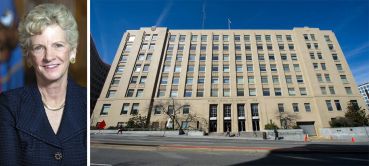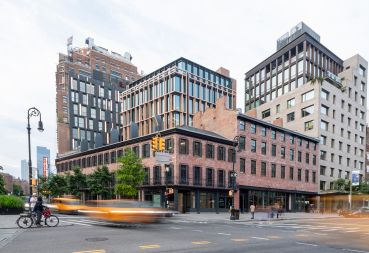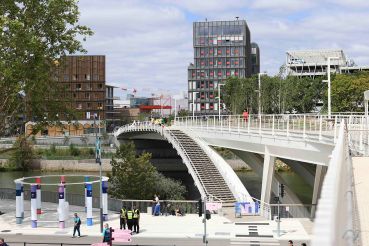Less Than 5 Percent of Rent-Stabilized Apartments Are Vacant Year to Year, Report Finds
By Rebecca Baird-Remba August 21, 2023 4:12 pm
reprints
During the pandemic, housing activists have increasingly pushed the narrative that landlords are intentionally leaving apartments vacant, especially rent-stabilized ones. Landlord groups such as the Community Housing Improvement Program (CHIP) have also used their members’ vacant and decaying units as an argument for why the rent laws need to be changed.
So the New York City Independent Budget Office (IBO) analyzed state housing data to determine how many rent-stabilized apartments actually remain vacant from one year to the next and found that less than 5 percent of rent-stabilized units have been vacant each year for the past five years. That’s except for 2021 when 7 percent of stabilized apartments were empty. All told, there are about 1 million rent-stabilized units in the five boroughs, representing 44 percent of the city’s rental stock.
IBO found that the number of vacant, stabilized units peaked at nearly 60,000 apartments in 2021. Two-thirds of those, or 37,175 units, were rented in 2022, and roughly 23 percent, or 13,552, were still registered as vacant in 2022.
The agency also found that the majority of stabilized units registered as vacant in 2022 were occupied the previous year. Landlords told the state Department of Housing and Community Renewal (DHCR) that 42,275 of their stabilized units were empty last year. Of those, 25,121 apartments had been occupied in 2021, and 13,362 units were vacant in both 2021 and 2022, according to the report.
And with many landlords registering their units incorrectly or failing to report vacancy status, roughly 9 percent of empty units last year — or 3,800 apartments — were classified as “undetermined” by IBO.
CHIP, for its part, argued that the IBO analysis supported its arguments about the number of empty stabilized units.
“This is data from 16 months ago, and it confirms what we have been saying all along,” said Jay Martin, the executive director of the trade group for smaller landlords. “There is a growing number of vacant rent-stabilized apartments in need of significant improvements because the previous tenants lived there for more than 20 years. The data lags. The registration filings lag. But the trend is clear and proves our argument.”
The IBO report also noted that vacant stabilized units had, on average, a slightly higher median rent than their occupied counterparts in every borough besides Manhattan. This isn’t particularly surprising, given that many stabilized tenants have remained in the same apartment for several years, if not decades.
In 2022, the median rent for an occupied stabilized unit in Manhattan was $1,795, while the median rent for a vacant unit was $1,700, the IBO found. In the Bronx, the median rent was $1,371 for an occupied unit compared to $1,400 for a vacant one. In Brooklyn, those numbers were $1,576 for an occupied unit compared to $1,640 for a vacant one and in Queens, it was $1,755 versus $1,857.
The trend also held true on Staten Island, with $1,654 median rent for an occupied unit versus $1,762 for a vacant one.
These trends roughly correlate with the city’s Housing and Vacancy Survey, which found that the vacancy rate for rent-stabilized stock in 2021 was 4.57 percent citywide. There are conflicting accounts that peg the vacancy rate much higher, but the U.S. Census Bureau, which conducts the survey on behalf of the city’s housing agency, has not yet released the more detailed data behind its 2021 survey.
Roughly 2 million people live in rent-stabilized apartments in the city. In June, the Rent Guidelines Board voted to increase their rent for the second year in a row.
Rent-stabilized tenants who renew this fall and next year will see increases of up to 3 percent on one-year leases and 2.75 percent for the first year and 3.2 percent for the second year of a two-year lease.
Rebecca Baird-Remba can be reached at rbairdremba@commercialobserver.com


